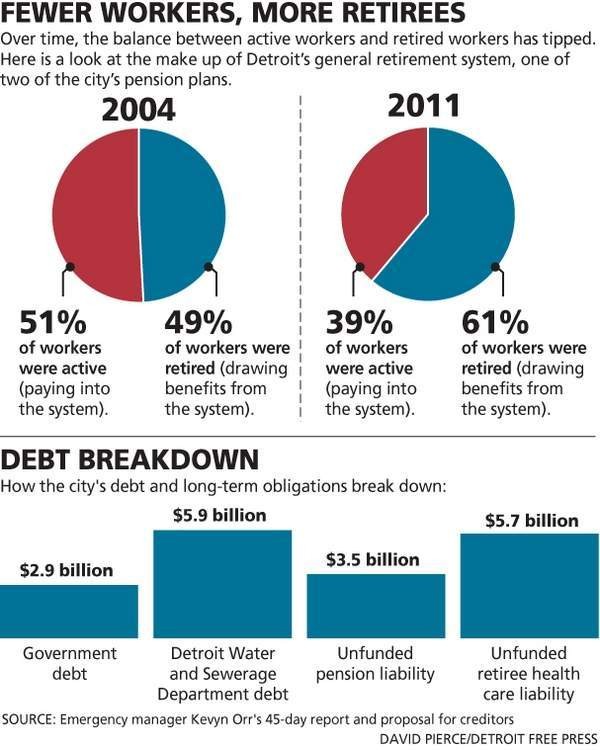Taking stock of pension funds and the trouble they’re in The Washington Post
Post on: 19 Май, 2015 No Comment

If you want to understand why so many pension funds are in so much trouble, I’ve got two sets of numbers to offer you. They’re numbers that I came across while working on a project that I hope you will get to read someday. But I found the numbers so compelling that I want to show them to you now.
Pensions, of course, have all sorts of problems these days — especially the public employee pensions in places such as my home state of New Jersey. But not all that long ago, pensions were fat and happy, as opposed to being undernourished and desperate.
Allan Sloan is a columnist for The Washington Post. He is a seven-time winner of the Loeb Award, business journalism’s highest honor. View Archive
The first set of numbers explains why. For almost a generation — from August 1982, when U.S. financial markets ended a long slump, through the end of 1999, when the Internet and telecommunications stock bubble began to burst — stocks and bonds produced enormous returns. But since then — almost another entire generation — returns have been nothing like what investors got used to in the ’80s and ’90s.
During the great bull market that started in 1982, the Standard & Poor’s 500-stock index, the U.S. market’s major benchmark, averaged 19.88 percent a year, compounded, in price gains and reinvested dividends, according to AJO Partners, a Philadelphia money management firm. U.S. bonds, which were also in a bull market, returned 10.36 percent a year.
Who could mess up an investment portfolio in a market like that? Almost no one. If a pension fund had 60 percent of its money in stocks and 40 percent in bonds and matched the indexes, it was earning 16 percent a year. Compounded. This meant that assets doubled about every 4.5 years. That was way above the assumptions of what pension-fund assets would earn. So even if you skipped a year or two of contributions to the fund, the magical market would save you. You could grant or enhance pensions, and the market paid for them — you didn’t have to.
Then the party ended, which gives us the second set of numbers. From the start of 2000 through this past February, the S&P 500 produced only 4.37 percent a year, less than a quarter of what it had produced during the great bull market. And less than half the S&P’s historical return of a bit more than 10 percent.
Stocks have posted these miserable long-term numbers despite having more than tripled from their low point of six years ago, despite the S&P being at near-record levels, and despite the Nasdaq market approaching 5000 (a level it climbed above Monday). Bonds have returned 5.71 percent a year during this period — good by historical standards but little more than half of what they earned back in the day. It’s rare for the Barclays U.S. Aggregate Bond Index to outgain the S&P over such a long period, but that shows you how badly stocks have performed.
If you do the math, you see that a 60-40 stock-to-bond ratio has produced a return of only 4.9 percent a year since the start of 2000. That’s way below what pretty much every pension fund assumes that it will make on its investments.
Monday will mark the fifth anniversary of the stock market bottom brought on by the Great Recession and financial excesses. Stocks have made an amazing recovery since those grim days. But even with that huge rise and a big drop in interest rates — which increases the value of existing bonds — many pension funds are still way underwater.
These funds were bailed out by the miraculous 1982 to 1999 bull market. But in 1982, stock prices were low and interest rates were high, providing what in hindsight was a fabulous opportunity to make money from rising stock prices and falling interest rates. With stock prices at record highs and interest rates at record lows, nothing like the 1982 to 1999 mega-bull market is likely to happen again. Too bad for pension funds. And too bad for the rest of us.














